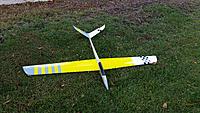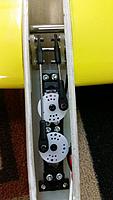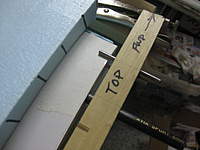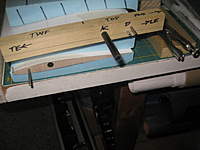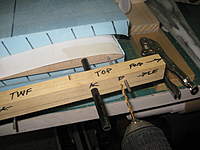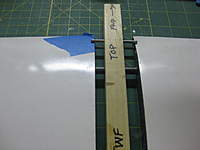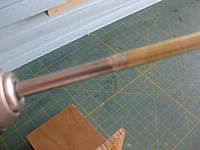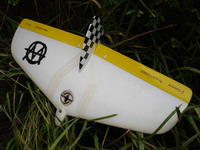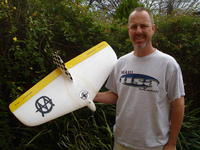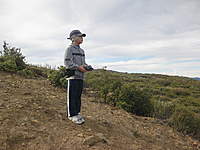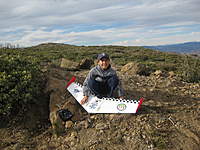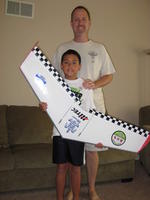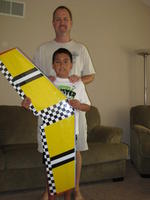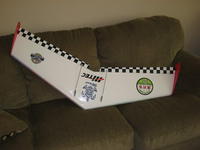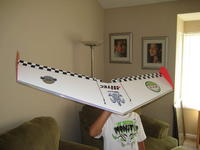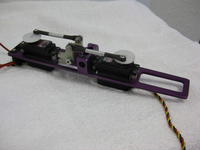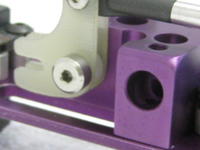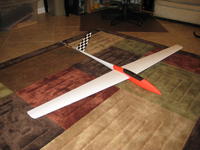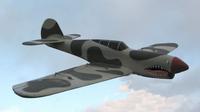Comments (0)
Add Comment
-
TUCANO_ELEV FWD_KST DS145.pdfSIDEWAYS CONFIGURATION - ELEVATOR FWD: Print the template with NO SCALING......ie, DO NOT check the Fit-To-Page checkbox(6.2 KB)229 views
-
TUCANO_T_CONFIG_KST DS145.pdfT-CONFIGURATION: Print the template with NO SCALING......ie, DO NOT check the Fit-To-Page checkbox(6.6 KB)253 views
-
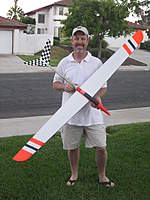 Views: 647
Views: 647
Original fuse with the 2M wings -
 Views: 558
Views: 558
Original fuse with the 2M wings -
 Views: 484
Views: 484
New bagged tail feathers -
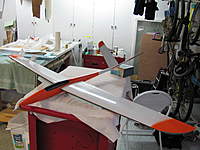 Views: 547
Views: 547
G3 with the 60" wings, bagged tail, and short coupling -
 Views: 529
Views: 529
Bottom -
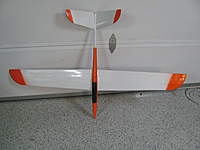 Views: 547
Views: 547
Top -
 Views: 507
Views: 507
G3 with the 60" wings, bagged tail, and short coupling -
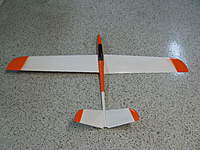 Views: 517
Views: 517
Top View
-
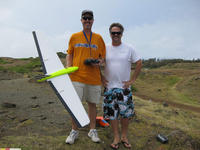 Views: 892
Views: 892
Pre-Nakalele Maiden Glam shot with Brian C -
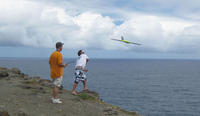 Views: 768
Views: 768
Nakalele Maiden! FA loves big air! -
 Views: 838
Views: 838
I wish we had a landing area like this on the slope! -
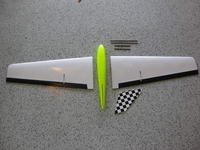 Views: 874
Views: 874
Fully packable -
 Views: 795
Views: 795
Light balsa tail, shaped airfoil, 1.4 oz glass, bagged, and covered in ultracote -
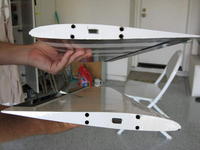 Views: 872
Views: 872
Four wing rods...used DB9 connnector to let the wings talk to each other -
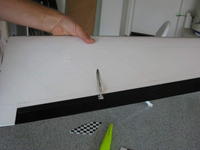 Views: 765
Views: 765
Semi buried 4-40 wing rods -
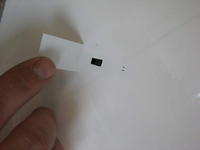 Views: 787
Views: 787
Switch is flush mounted....those two specs below the switch is the mini deans charging plug flush mounted.....mylar flap to cover.

